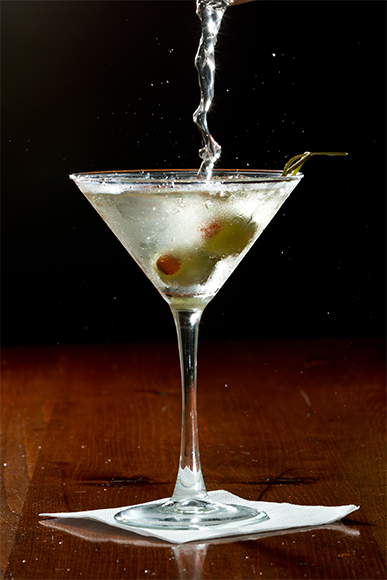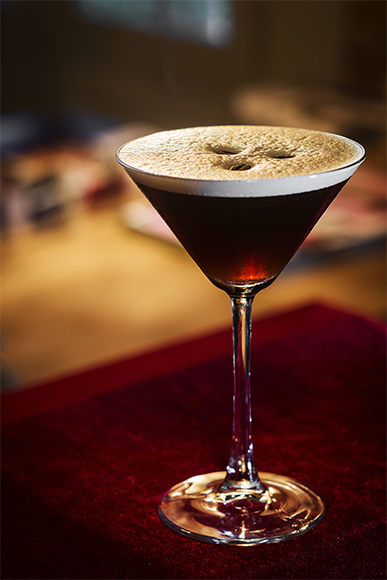There’s just a few days left in 2020 and, truth be told, the year can’t end soon enough. It wasn’t just the virus. It was also, well, everything – 365 Groundhog Days of getting up on the wrong side of the bed in a year that nonetheless mercifully flew by because there was no let up.
Did you lose power Christmas Eve? Of course, you did. And was Christmas dinner ruined? Of course, it was. Why should Christmas have been different from every other lost holiday this year?
The good news is, in the words of Mary Ann Evans – better known as the 19th-century novelist George Eliot (“Middlemarch,” “The Mill on the Floss”) – “it’s never to late to be what you might have been.” Yes, the challenges of the past year will remain with us. But we can begin again. That’s the message of Christmas and stories like Charles Dickens’ “A Christmas Carol” and New Year’s. We can start anew – new year, new attitude, new energy.
In that spirit, we want to give you a taste – more like a sip – of the refreshed WAG, which will be out mid-January in a combined January/February issue that will celebrate the 10th anniversary of publisher/creative director Dee DelBello’s ownership of the magazine. Needless to say, it will have the same sophisticated thematic content that has made WAG a top magazine in New York state since 2014, but it will be presented in an even more user-friendly way.
In an issue that celebrates the renewal of mind, body and spirit, our first in 2021, we play on the number 21 – which is both the legal drinking age in this countryand the name of a card game you can play in a casino when you turn 21.
Celebrate – safely and responsibly, then – with our tribute to the martini, one of the bevies we’re featuring in January/February WAG.
And while we’re at it, let’s raise a glass to 2021, for which the bar has been set low. Very. Very. Very. Low.
May the new year pleasantly surprise us.
The martini
The acidic journalist H.L. Menken said the martini was “the only American invention as perfect as the sonnet.” Indeed, it may be the king of cocktails, partly because of that perfection but mainly, we suspect, because of its infinite variety.
The martini owes its popularity to happenstance. In the 1920s, gin, its main ingredient, was outlawed along with other spirits by Prohibition. Nothing is quite so desirable as that which is forbidden, and soon batches of gin were being whipped up in bathtubs, along with kick-up-your-heels martinis.
The drink can, of course, be made with vodka instead, or garnished with cocktail onions instead of a twist of lemon or olives (and thus be called a Gibson). It can be “shaken, not stirred” (the preference of the James Bonds of the movies) or “stirred, not shaken” (the preference of the James Bond of Ian Fleming’s books). (Fleming also created the Vesper martini, after Bond’s wounding true love, which uses gin, vodka and Kina Lillet.)
You can dirty a martini with olive juice or make it porn with vanilla and passion fruit and a side of Prosecco. You can make it drier by adding more gin in relation to the vermouth, and you can serve it on the rocks or straight up in a chilled martini glass.
It’s no doubt this enormous versatility that helped the martini, eclipsed in the wine spritzer age, come roaring back to life at the end of the 20th century and the first two decades of our own. (AMC’s “Mad Men” series might’ve also played a role with its portrayal of the “three-martini lunch.”)
Because of the drink’s versatility, one recipe will not suffice. What follows is a recipe for the classic martini and one for the espresso martini, a popular dessert drink invented in the 1980s by British bartender Dick Bradsell:
The classic martini
Ingredients:
Cracked ice
2 ½ ounces dry gin (or vodka)
½ ounce dry vermouth
Green olives or lemon twist
Preparation:
In a mixing glass or cocktail shaker filled with ice, combine gin/vodka and vermouth, blending well. Strain into a chilled martini glass. Garnish with olives or lemon twist and serve.
The espresso martini
1 ½ ounces vodka
1 ounce brewed espresso
1 ½ ounces coffee liqueur
1 cup ice
Coffee beans
Preparation:
Combine ingredients in a cocktail shaker and strain into a chilled martini glass. The espresso will give the drink a nice layer of crema on top. Garnish with three coffee beans.
– Georgette Gouveia


